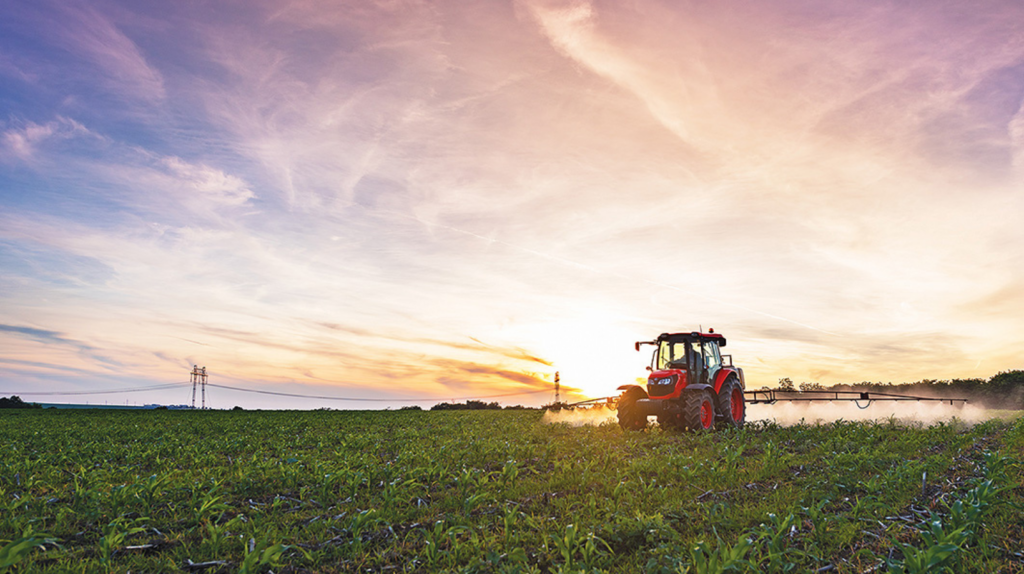Farming has long been a cornerstone of wealth and sustenance, providing a reliable source of income for many. Diversifying income sources by investing in renewable energy, such as partnering with highest-rated solar installers since 2014, can help farmers mitigate financial risks.
However, the agricultural sector is not without its challenges. Weather unpredictability, fluctuating market prices, and rising operational costs can all contribute to financial instability. In such a volatile environment, relying solely on traditional farming income sources might not be enough to secure long-term growth and stability.
Thus, the concept of non-correlated assets comes into play. This article explores how they can enhance your financial stability.
Types of Non-Correlated Assets Suitable for Farmers
Non-correlated assets are independent of traditional markets. Thus, even a 5 to 10% return on investment can boost your income. The following are the most suitable non-correlated assets:
Real Estate
Agricultural land is valuable, but diversifying into residential or commercial properties can offer additional benefits. For example, renting out residential properties or leasing commercial spaces can generate consistent rental income. Further, investing in agricultural land in regions with growing demand can yield significant returns as land values increase over time.
Renewable Energy
Investing in renewable energy projects, such as solar, wind, or bioenergy, can be an excellent way to diversify your income. For instance, installing solar panels on unused land or rooftops can generate electricity to sell to the grid.
Wind turbines can similarly be placed on farmland to harness wind energy. These projects also contribute to sustainable farming practices, reducing the farm’s carbon footprint and potentially leading to government incentives and tax credits.
Commodities and Precious Metals
Commodities like gold and silver tend to hold their value during economic downturns. In addition, other agricultural commodities, such as timber or livestock, can also serve as non-correlated assets, offering stability and diversification within the agricultural sector.
Why Invest in Non-Correlated Assets?
One of the key benefits is portfolio diversification, which reduces overall financial risk by spreading investments across various asset classes that do not move in tandem with traditional farming markets. For example, while the prices of crops may fluctuate due to weather conditions or market demand, investments in real estate or precious metals might remain stable or even appreciate.

Consider a farmer who invests in solar panels to generate electricity. During a year of poor crop yield due to drought, the income from selling solar energy can offset the losses from farming.
Non-correlated assets also provide a steady income stream during downturns in farming, enhancing overall financial stability. For instance, real estate investments offer regular rental income, and renewable energy projects can generate consistent revenue through energy sales or government incentives.
Further, diversified investments have the potential for higher returns than relying solely on traditional farming income because they have different growth trajectories. For example, investing in real estate properties can yield significant appreciation over time, and precious metals like gold can increase in value during economic instability.
Tips to Help You Choose the Best Non-Correlated Assets
Start by thoroughly assessing your financial situation to determine how much you can invest without jeopardizing your farming operations.
Next, define your investment goals, such as steady income, capital appreciation, or a hedge against market volatility. Your investment objectives will guide your choices and help you focus on the most suitable non-correlated assets. For instance, you can consider real estate investments if your goal is to secure a steady income stream.
Conversely, long-term capital appreciation can require investments in agricultural land in high-demand regions or precious metals. On top of that, do the following:
Understand Your Risk Tolerance
Assess how much risk you are willing to take with your investments. For example, real estate investments can offer stable returns but require significant capital and have risks like property market fluctuations. In addition, although precious metals are generally less risky, they might not provide regular income.
Therefore, balancing your portfolio by including low-risk and higher-risk assets is essential to managing overall portfolio risk while aiming for reasonable returns.
Research Different Asset Classes
Conduct thorough research on different non-correlated asset classes. For example, study the historical performance of commodities like gold, silver, and other agricultural commodities. Understand how these assets perform during economic downturns and their role as a hedge against inflation.
Seek Professional Advice
Engage with financial advisors who have experience with agricultural investments and non-correlated assets. They can provide tailored advice based on your financial situation and investment goals. Additionally, networking with other farmers can provide valuable insights and opportunities for collaborative investments.
Diversify Non-Correlated Assets
Investing in a mix of real estate, renewable energy projects, and precious metals provides a balanced portfolio.

Consider geographic diversification by investing in properties or projects in different locations to reduce region-specific risks.
Start Small and Scale Gradually
Start with smaller investments to test the waters. This approach allows you to gain experience and understand the nuances of each asset class without taking on excessive risk.
Plan for Liquidity
Ensure that a portion of your portfolio remains liquid to cover unforeseen expenses or emergencies. While real estate and renewable energy projects might be less liquid, balancing these with more liquid assets like precious metals will help maintain necessary liquidity.
Final Thoughts
Incorporating non-correlated assets into your farming ventures is a strategic move that can significantly enhance your financial resilience and growth potential. For instance, you can mitigate risks associated with market volatility, weather unpredictability, and other challenges inherent to the agricultural sector. Popular non-correlated assets include real estate, renewable energy, and precious metals.
